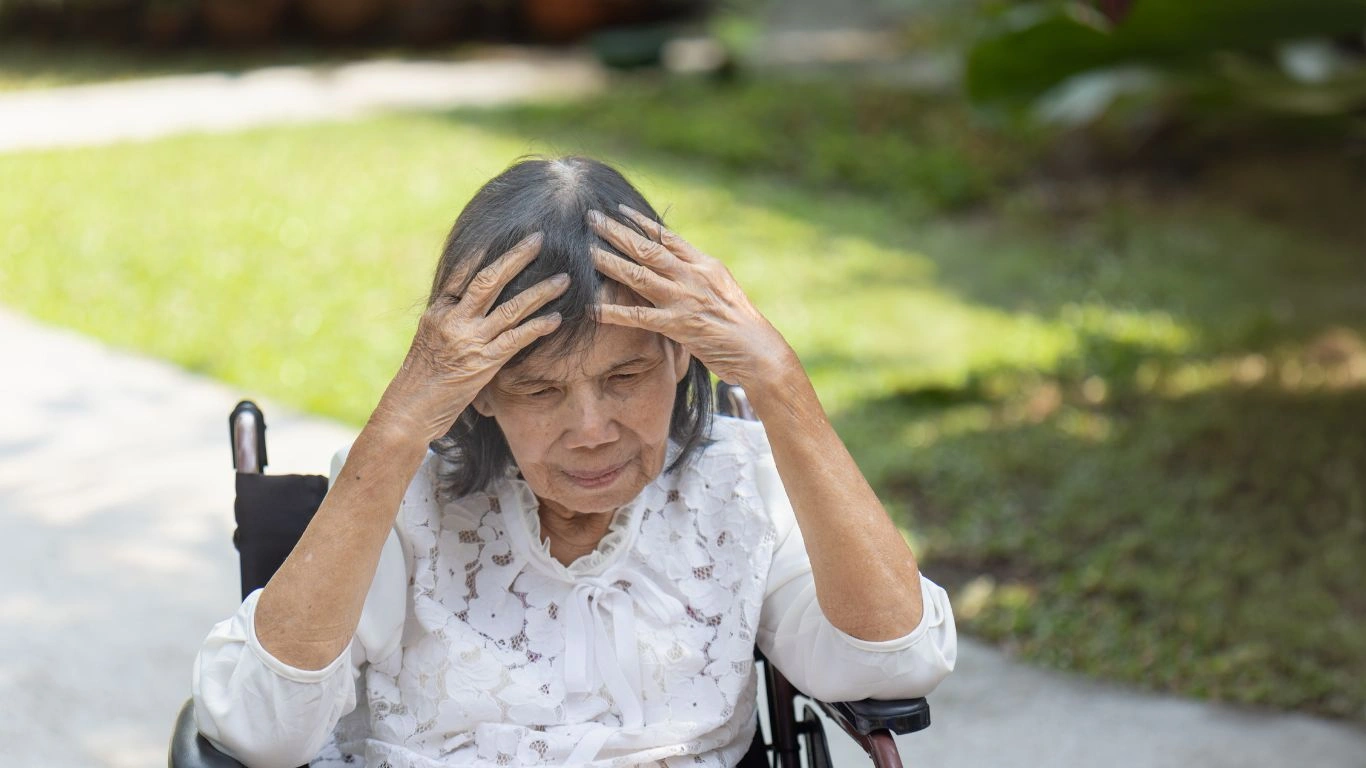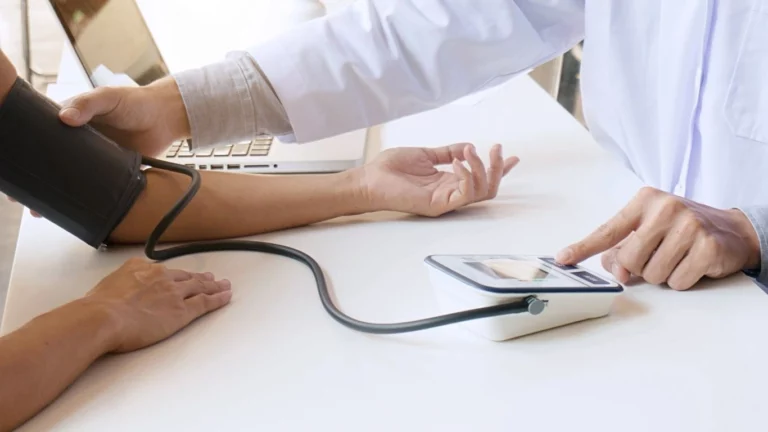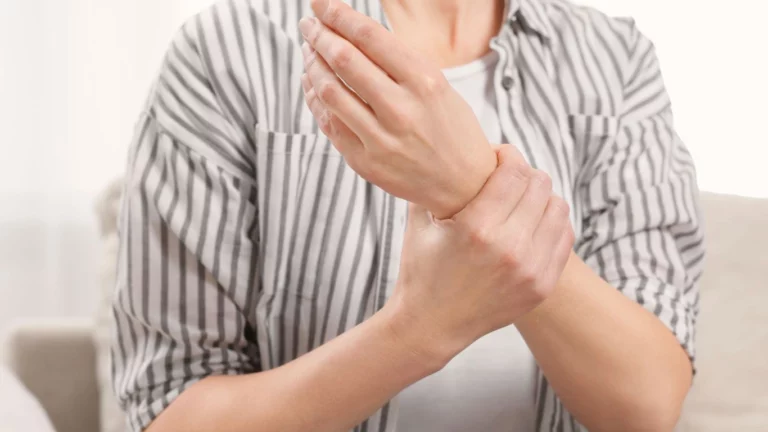How to Reduce Diastolic Blood Pressure Naturally: Proven Tips That Work
If you’ve been wondering how to reduce diastolic blood pressure naturally, you’re not alone—and you’re definitely in the right place. As an internal medicine physician who works extensively with patients battling high blood pressure, especially diastolic hypertension, I know how frustrating it can feel to get that reading back from the cuff and not quite know what to do next. The good news? There are genuinely effective, evidence-backed ways to lower your diastolic numbers that don’t require immediately jumping into a cocktail of medications. Trust me, I’ve had these conversations with my patients more times than I can count—and the strategies that work often surprise them with how simple (and even enjoyable) they can be.
Understanding Diastolic Blood Pressure
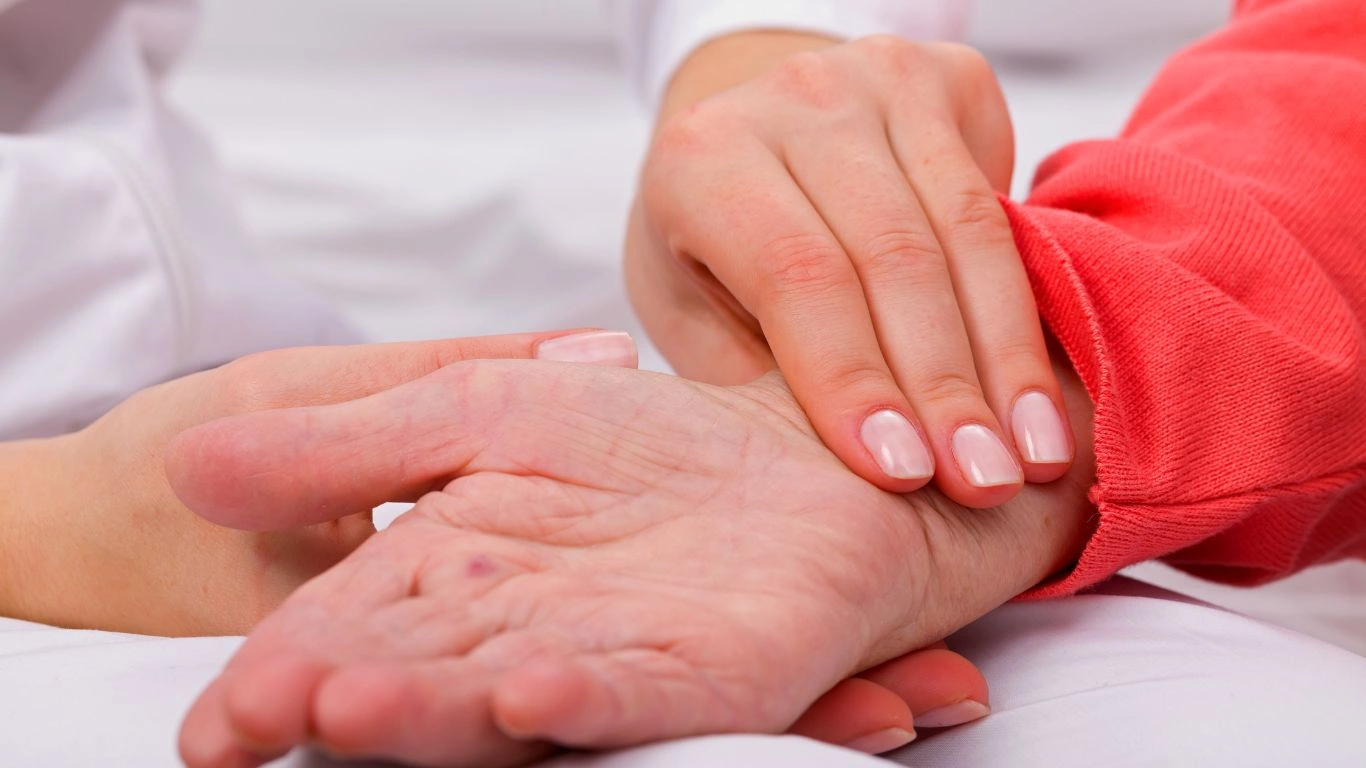
First off, let’s make sure we’re on the same page. Your blood pressure reading includes two numbers: the systolic (top number) and the diastolic (bottom number). While most people focus on the top number, the diastolic value tells us a lot, especially in younger individuals or those with isolated diastolic hypertension. This is the pressure in your arteries when your heart is at rest between beats. If it’s consistently 80 mmHg or higher, that’s when we start getting concerned.
I see a lot of folks in clinic who are shocked that only their bottom number is elevated. They’ll say, “But my top number is fine!” And I get it—diastolic hypertension can feel sneaky. But it matters, and it’s something we can work on naturally in many cases, without diving into pills from the get-go.
Why Lifestyle Changes Matter More Than You Think
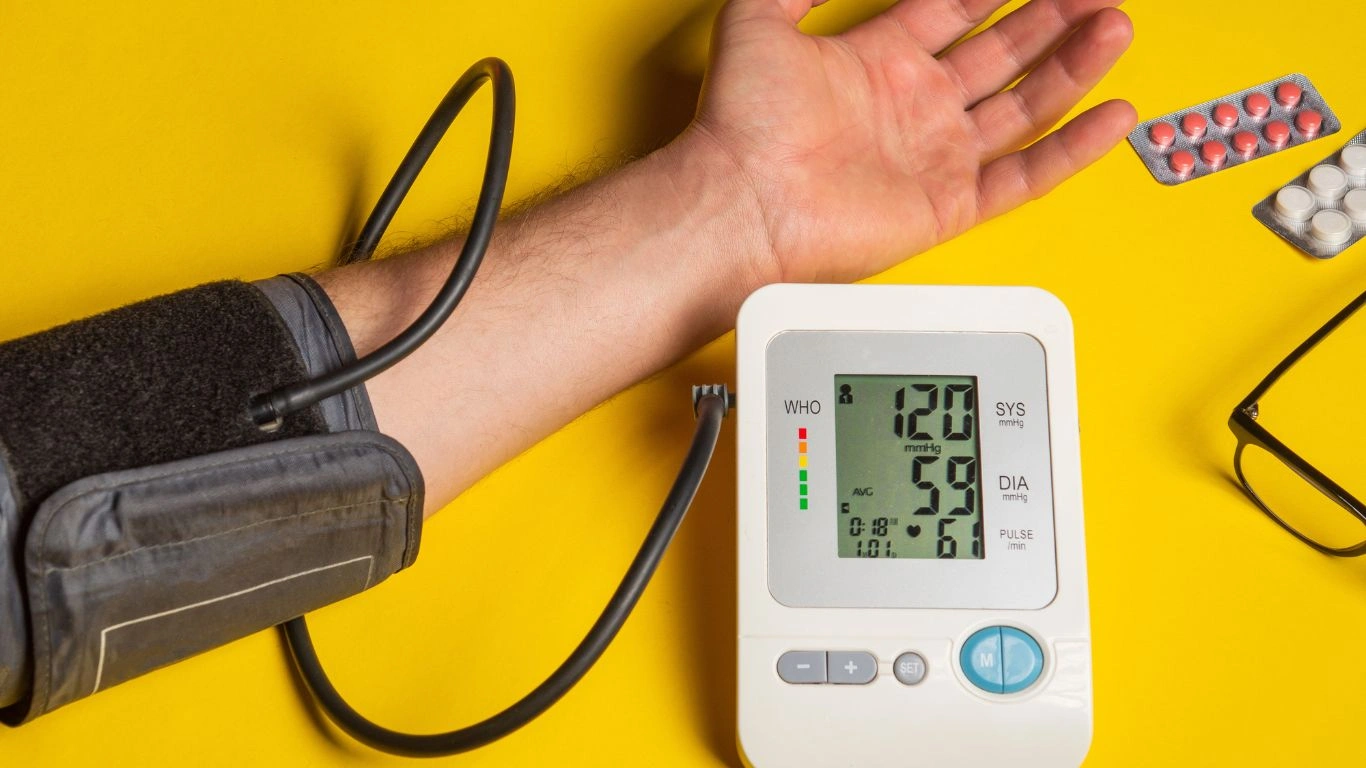
When I sit down with patients and we map out a plan, medication might be on the table—but honestly, the first line of defense is lifestyle modification. Why? Because your body actually wants to function well. It just needs the right environment. And when you make a few targeted, smart tweaks, you’d be amazed at how your numbers respond. I’ve seen folks drop their diastolic pressure by 10 points or more in a matter of weeks just by getting serious about a few key habits.
1. Cut the Salt (But Not All the Flavor)
We all know salt is a major player in blood pressure. But here’s the thing: I’m not about stripping the joy out of your food. Instead, I guide my patients to cut back on sodium and experiment with spices, herbs, citrus, and vinegar to boost flavor naturally. Most people are shocked to learn how much salt they’re getting from processed foods alone—even the so-called “healthy” ones.
- Check nutrition labels and aim for less than 1,500 mg of sodium per day.
- Skip canned soups and frozen meals when you can—they’re salt bombs.
- Use garlic, turmeric, paprika, and fresh lemon juice to wake up your dishes.
2. Get Moving—But You Don’t Have to Live at the Gym
You don’t need to run marathons to get your blood pressure down. One of the best natural ways to lower diastolic blood pressure is regular, consistent aerobic activity. That means walking, biking, swimming, dancing—whatever gets your heart pumping without burning you out.
I usually suggest aiming for:
- At least 30 minutes of moderate-intensity activity five days a week
- Or shorter bouts of more intense exercise if that fits your style better
- Just standing more during the day if you’re super sedentary—yes, even that helps!
One of my patients started a “morning walk club” with her neighbors. Not only did her blood pressure improve, but she felt more energized, slept better, and dropped a few pounds—all without setting foot in a gym.
3. Manage Stress Like Your Heart Depends on It—Because It Does
This one often gets overlooked, but chronic stress keeps your diastolic pressure elevated. Your body’s stress response floods your system with hormones like cortisol and adrenaline, which cause your arteries to constrict. Over time, that keeps your baseline pressure higher than it should be.
Here are a few patient-approved stress-busters that really work:
- Deep breathing: Even 5 minutes of slow, focused breathing can drop your numbers.
- Nature time: Walking in green spaces lowers stress hormones—and it’s free!
- Journaling or meditation: Whatever gives your brain a breather from the daily chaos.
I personally lean on a few minutes of box breathing between patients. It calms my own nervous system and keeps my energy level steady throughout the day.
Eating for Lower Diastolic Pressure: It’s Not Just About What You Avoid
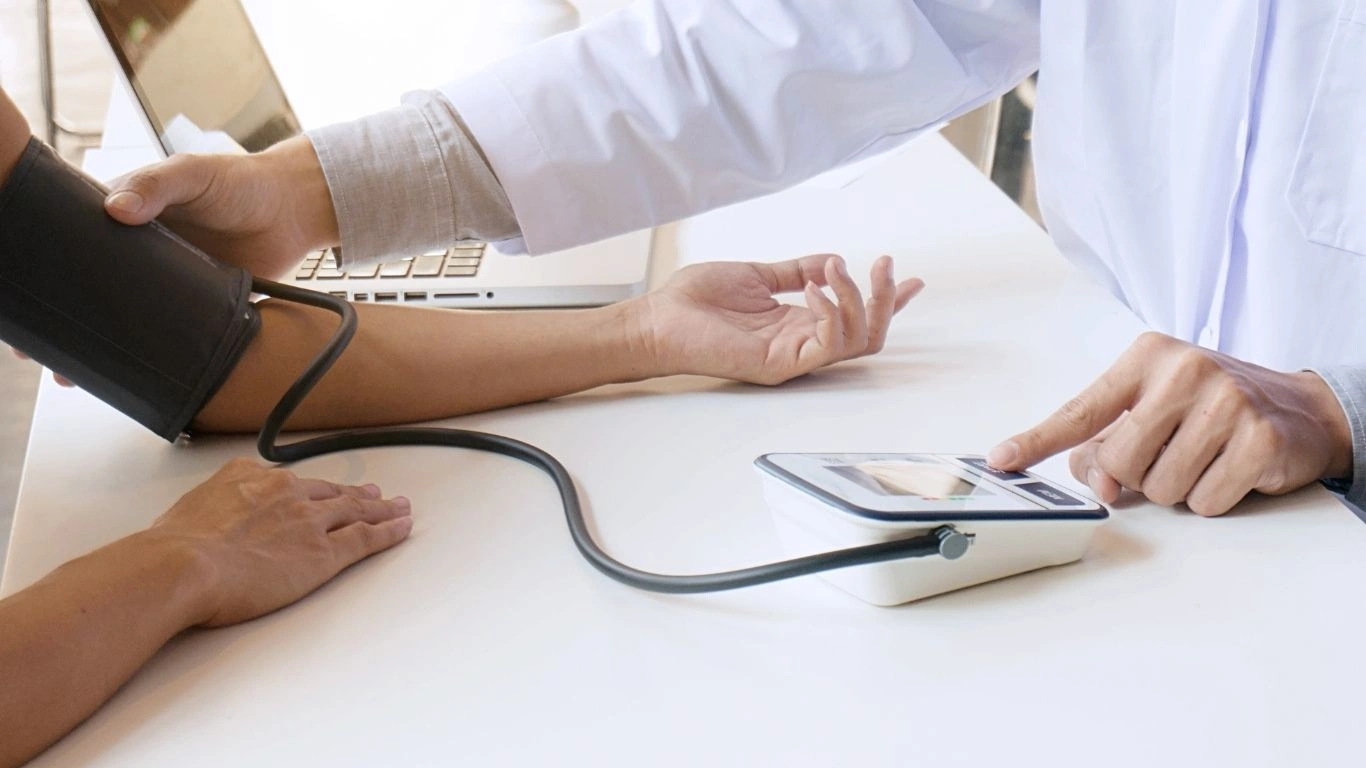
Nutrition is a game-changer when it comes to naturally reducing diastolic blood pressure. But I always tell my patients: don’t focus only on what you’re cutting out—focus on what you’re adding in. Your arteries love certain foods, and when you give your body the right fuel, it responds fast.
4. Go Big on Potassium
Potassium helps your kidneys flush out excess sodium, which can lower your diastolic pressure naturally. Great sources include:
- Bananas, oranges, and cantaloupe
- Sweet potatoes and white beans
- Spinach, avocado, and tomatoes
Just a heads-up: if you have kidney issues, talk to your doctor before loading up on potassium-rich foods. I always double-check labs with my patients before going full-throttle here.
5. Embrace the DASH Diet (But Make It Your Own)
The DASH (Dietary Approaches to Stop Hypertension) diet has been around for years—and for good reason. It works. It’s rich in fruits, veggies, lean proteins, and low-fat dairy, and low in red meat, sugar, and processed carbs.
But here’s my twist: you don’t have to follow it like a strict rulebook. Blend it with your cultural foods and preferences. The goal is sustainability, not perfection. I’ve had patients remix the DASH framework with Caribbean, South Asian, Mediterranean—you name it. And their numbers still came down beautifully.
Sleep and Diastolic Pressure: The Underrated Link
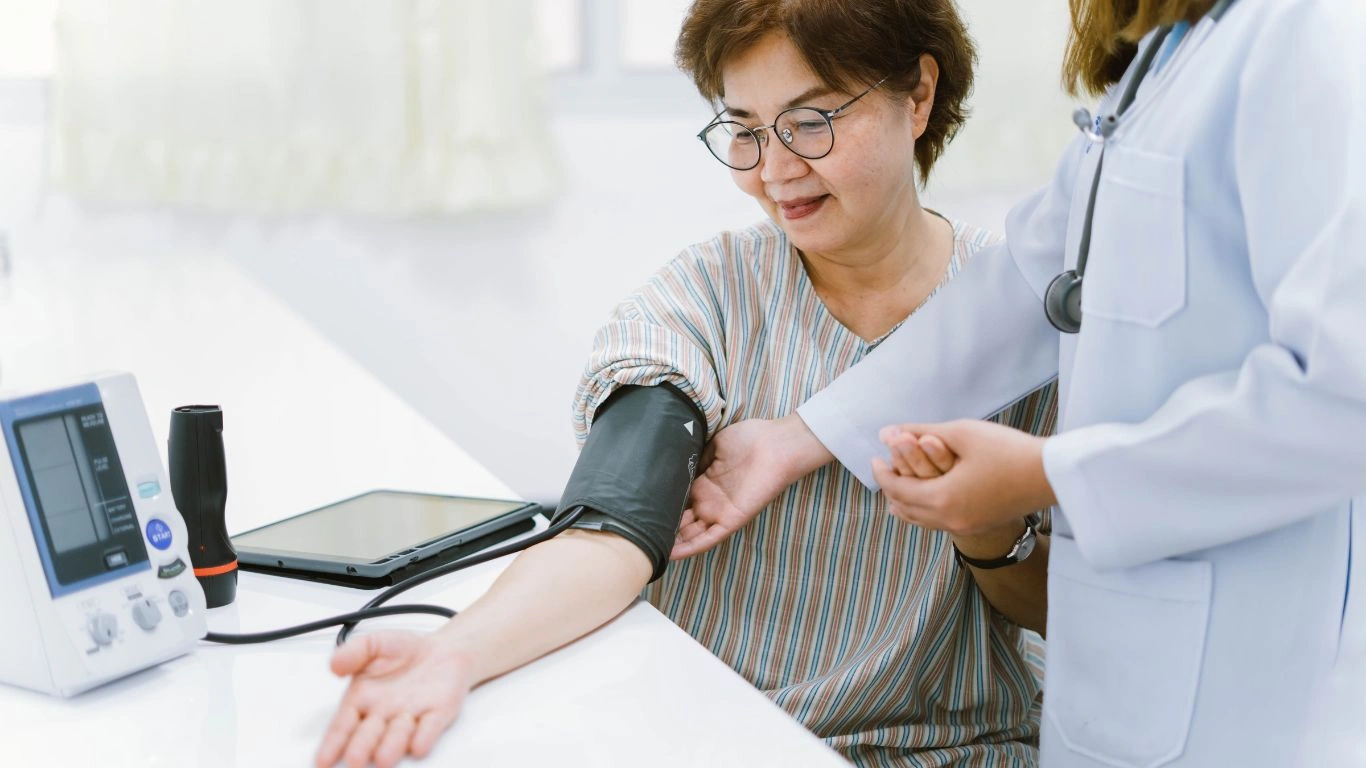
Alright, here’s a game-changer that doesn’t get enough love: sleep quality. I can’t count how many times I’ve had patients doing everything “right” during the day—eating well, walking regularly, even meditating—and yet their diastolic pressure just won’t budge. Then we dig into their sleep habits… and there’s the issue.
Poor sleep disrupts your hormones, increases inflammation, and keeps your blood vessels tense when they should be relaxed. And here’s the kicker: even just one bad night can cause your blood pressure to spike the next day.
6. Build a Sleep Routine That Works for You
I usually suggest creating a wind-down routine that’s actually enjoyable—because if it feels like a chore, you’re not going to stick to it. Here’s what I’ve found works well for many of my patients (and myself too):
- Set a consistent bedtime, even on weekends
- Cut screen time 1–2 hours before bed (yep, that includes TikTok)
- Use blackout curtains or a sleep mask to block light
- Try magnesium-rich foods like almonds or spinach in your dinner
And if you’re dealing with snoring or waking up gasping? Get checked for sleep apnea—it’s a major, silent contributor to diastolic hypertension, and often goes unnoticed.
Alcohol, Caffeine, and Your Bottom Number

This one’s always a tricky convo in clinic. I get it—people love their morning coffee and evening glass of wine. But both alcohol and caffeine can have a bigger impact on your diastolic pressure than you might think.
7. Rethink Your Daily Sips
Caffeine affects everyone differently. I’ve had patients who can down an espresso at 9 PM and sleep like a rock. Others sip a single latte and see a temporary spike in blood pressure. If you’re in the latter camp, your diastolic reading might be getting nudged up without you realizing it.
With alcohol, moderation is key. While a little red wine now and then might have heart benefits, drinking too much too often raises your blood pressure, disrupts your sleep, and adds sneaky calories. I recommend sticking to:
- 1 drink per day for women
- 2 drinks per day max for men
- Even less if your pressure is already elevated or if you notice a BP spike after drinking
One patient of mine switched to herbal tea in the evenings instead of her nightly wine and saw her diastolic number dip by 6 points in just three weeks. Small swap, big impact.
Supplements That Can Support Natural Blood Pressure Control
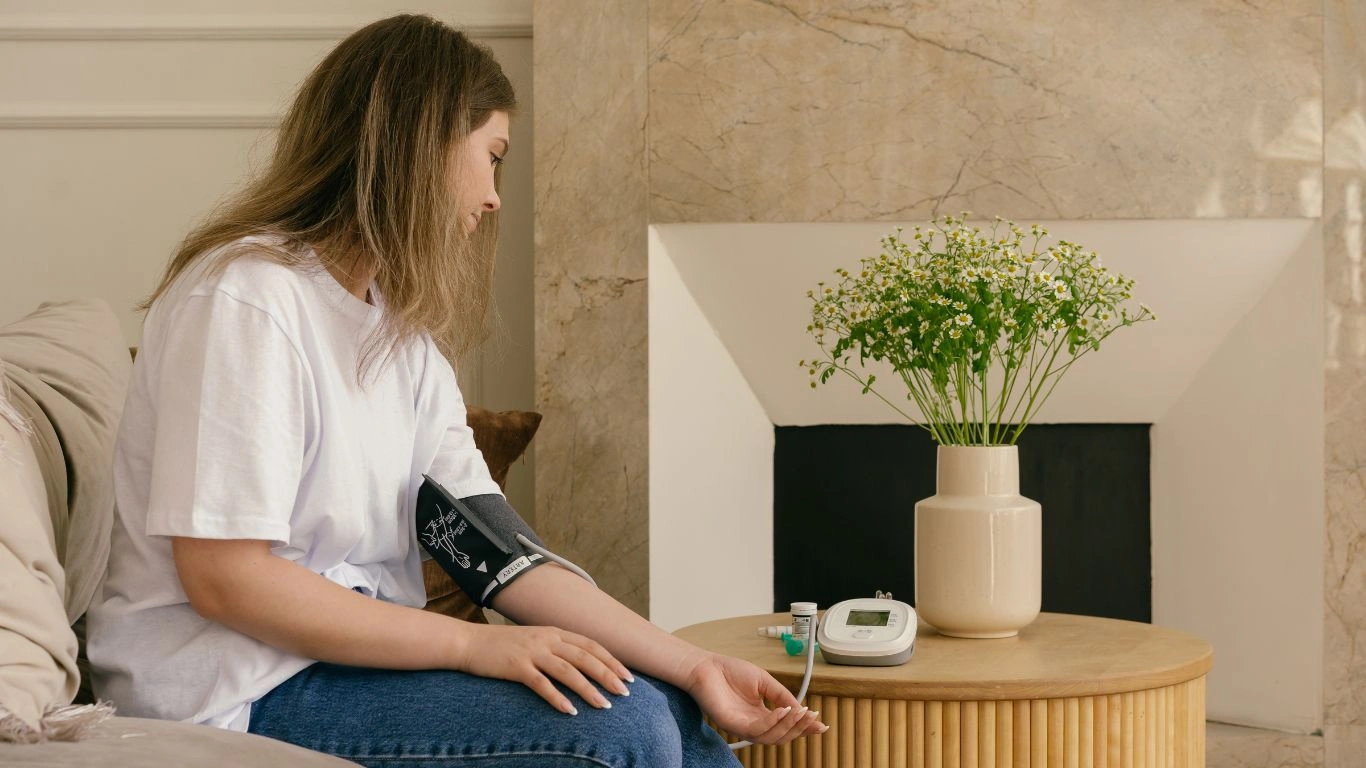
Okay, let’s talk supplements. While I always recommend food first, there are a few natural supplements that can help support lower diastolic blood pressure—especially when paired with lifestyle changes. But here’s the deal: quality and consistency matter. And please, always check with your doctor (I know, I sound like a broken record, but seriously).
8. Magnesium: The Relaxation Mineral
Magnesium helps your blood vessels relax and supports healthy sleep. It’s one of my go-to recommendations when I notice borderline diastolic elevations, especially in folks who are stressed or not sleeping great.
Good options include:
- Magnesium glycinate (gentle on the stomach)
- Magnesium citrate (helpful if you’re also constipated)
- Leafy greens, nuts, and seeds for dietary sources
9. Omega-3s: Nature’s Anti-Inflammatory
Found in fatty fish like salmon, sardines, and mackerel, omega-3s can help reduce arterial stiffness and support heart health overall. If you’re not into fish, a high-quality fish oil supplement or algae-based omega-3 (for plant-based folks) can be a great addition.
10. CoQ10: The Under-the-Radar Powerhouse
This one isn’t as well-known, but I’ve seen great results, especially in patients who are also taking statins. Coenzyme Q10 supports mitochondrial function (aka your cell’s energy centers) and has some solid data for lowering diastolic pressure naturally.
It’s best taken with food for better absorption, and again—always discuss with your provider before adding anything new.
Hydration Habits That Help Your Heart
Believe it or not, dehydration can raise your blood pressure. When your body doesn’t have enough fluids, your blood gets thicker, your vessels constrict, and your heart has to work harder. All of that can nudge your diastolic number up, especially in hotter months or if you’re active.
11. Water First, Not Just When You’re Thirsty
I tell my patients to aim for a glass of water first thing in the morning and one before every meal. It’s a simple habit that sets the tone for better hydration all day.
You can also sneak in fluids with:
- Herbal teas (hibiscus is especially helpful for BP!)
- Broth-based soups
- Water-rich fruits like watermelon and cucumber
One fun idea a patient shared: she adds a splash of tart cherry juice or a slice of citrus to her water. It makes it feel fancy, and she actually looks forward to drinking it. Win-win.
Final Thoughts (But Not the End)
So far, we’ve covered a lot—from the underestimated power of sleep to smart supplement choices and hydration habits. But we’re not done yet. If you’re serious about learning how to reduce diastolic blood pressure naturally, keep exploring. In the next section, I’ll dive into how emotional health, community support, and even the power of gratitude can influence those numbers. Trust me, the connection is stronger than you might think. You don’t want to miss it.
The Mind-Body Connection: Emotions and Blood Pressure
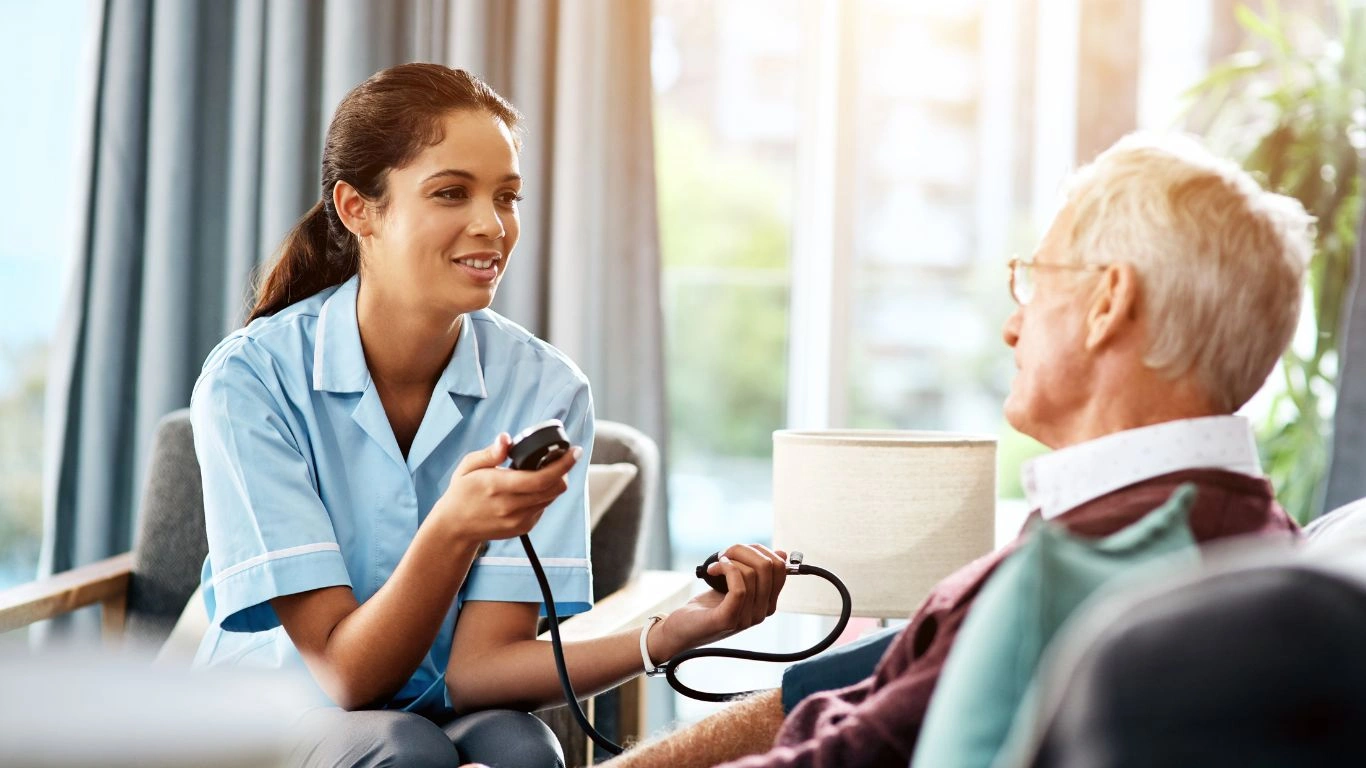
Now, let’s get into a topic that’s surprisingly powerful—and honestly a bit underrated: your emotional health. I’ve seen firsthand how emotional stress, unresolved anxiety, and even unexpressed frustration can influence diastolic blood pressure in ways that medications alone can’t fully fix. When your body’s under emotional strain, your blood vessels stay tense. Your sympathetic nervous system stays revved. And that diastolic number? It quietly creeps up.
One of my long-time patients—a retired teacher—had everything else dialed in: diet, exercise, sleep. But her pressure wouldn’t drop. Eventually, she opened up about unresolved grief and daily feelings of loneliness. Once we addressed that side of her health, with counseling and community involvement, her diastolic reading began trending down. Sometimes, the heart speaks through pressure—literally.
12. Explore Mindfulness, Therapy, or Journaling
- Mindfulness or breathwork: 10 minutes a day can ease your nervous system into “rest mode.” Apps like Calm or Headspace make it easy to start.
- Talk therapy: Whether it’s traditional therapy or support groups, having a safe space to unpack emotional baggage can free up more than just your mind.
- Journaling: Writing out thoughts and emotions helps many of my patients see patterns and release stress naturally.
This isn’t “woo”—there’s real data supporting the mental health and blood pressure link. And from experience, it’s often a missing puzzle piece.
Don’t Underestimate the Power of Community and Connection
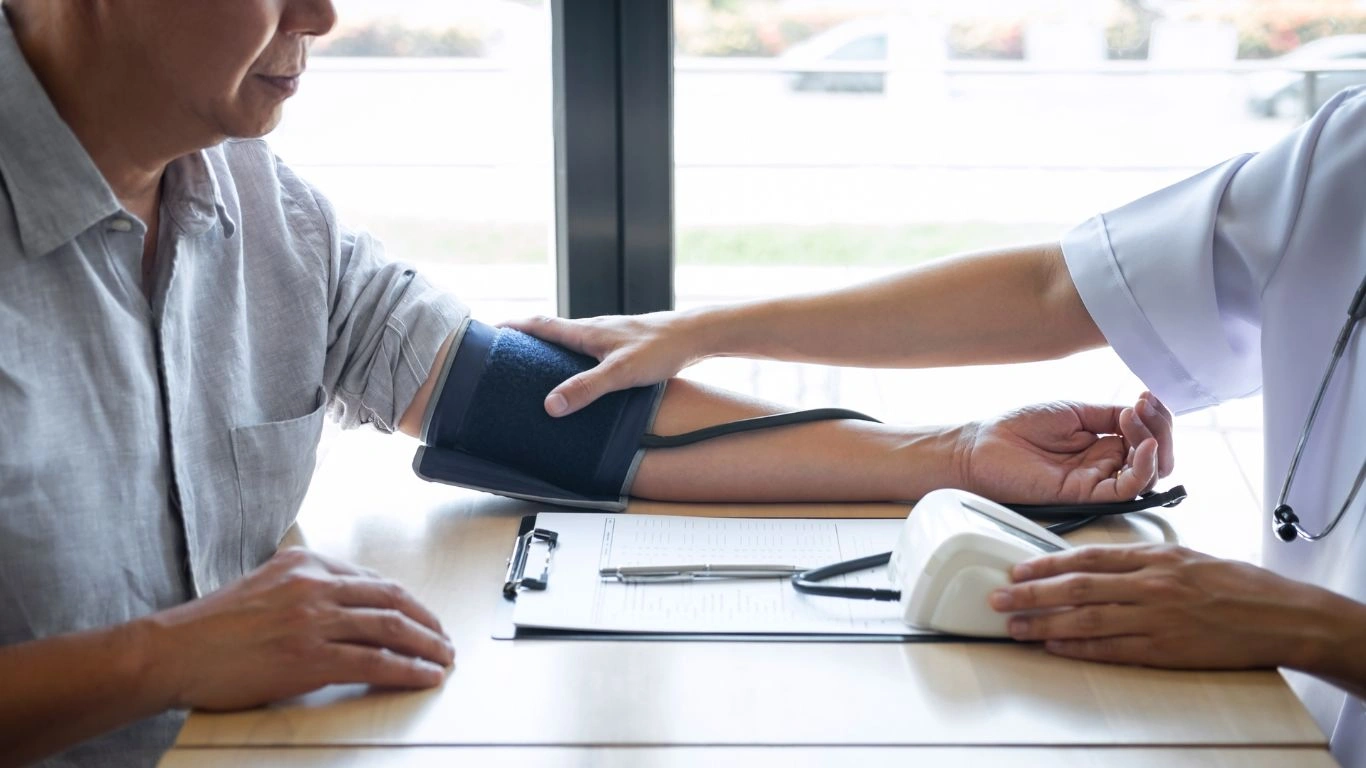
We humans are wired for connection. And guess what? Social support isn’t just nice to have—it’s actually good for your blood pressure. I’ve seen patients who live in isolation show consistently higher diastolic numbers, while those with strong social ties tend to have better overall cardiovascular health.
13. Build Your Support Circle
- Join a walking group or community fitness class
- Volunteer—it’s one of the most heart-warming (and heart-healthy) things you can do
- Reach out to a friend or family member you’ve lost touch with—small connections go a long way
I always say, you don’t need a huge crowd—just your people. Even one or two meaningful relationships can help reduce the stress load and bring your body back into balance. It’s not just feel-good fluff; it’s science-backed and something I recommend regularly in clinic.
Gratitude, Joy, and Your Vascular System
Here’s something that surprised even me when I first came across it in medical literature: gratitude practices can actually improve heart health. Yep, pausing to appreciate the good stuff in life (even when things feel chaotic) can help regulate the nervous system and lower your blood pressure.
One of my patients—a retired firefighter—started keeping a daily “3 things I’m grateful for” list. He was skeptical at first, but he stuck with it. A few months in, his diastolic pressure dropped by nearly 7 points. No change in meds. Just a mindset shift.
14. Try a Simple Gratitude Habit
- Keep a small notebook by your bed and jot down 3 things each night
- Share one positive moment from your day during dinner with your family or friends
- Reflect during a quiet walk or meditation—just notice what went well today
It’s free, simple, and seriously effective. And honestly? The world could use more of it anyway.
Putting It All Together
So, what’s the takeaway from all this? Lowering diastolic blood pressure naturally isn’t about a single trick or trend. It’s a collection of intentional, doable shifts that work in harmony. You don’t have to do everything at once. Start where you are. Choose one or two things that feel manageable and build from there.
As a physician, I’ve helped countless patients navigate this journey. But more importantly, I’ve learned from them. Every story, every lifestyle tweak, every “aha” moment informs how I guide the next person. There’s no one-size-fits-all. But with curiosity, consistency, and compassion for your body, you’ll see results—and not just in your blood pressure readings.
Here’s a quick recap of powerful natural strategies:
- Cut sodium without killing flavor
- Move daily—whatever form works for you
- Prioritize sleep like it’s your job
- Watch caffeine and alcohol intake
- Eat potassium-rich, anti-inflammatory foods
- Hydrate throughout the day
- Explore supplements thoughtfully
- Address emotional health and stress
- Lean into community and connection
- Practice daily gratitude
Your diastolic number is just one piece of your health puzzle—but it’s a powerful one. If you give your body what it needs, it’ll often surprise you with how well it can heal.
References
Disclaimer
This article is for educational purposes only and is not a substitute for professional medical advice, diagnosis, or treatment. Always consult with your healthcare provider before making changes to your lifestyle or treatment plan—especially if you have chronic conditions or are taking medications.

Dr. Gwenna Aazee is a board-certified Internal Medicine Physician with a special focus on hypertension management, chronic disease prevention, and patient education. With years of experience in both clinical practice and medical writing, she’s passionate about turning evidence-based medicine into accessible, actionable advice. Through her work at Healthusias.com, Dr. Aazee empowers readers to take charge of their health with confidence and clarity. Off the clock, she enjoys deep dives into nutrition research, long walks with her rescue pup, and simplifying medical jargon one article at a time.
